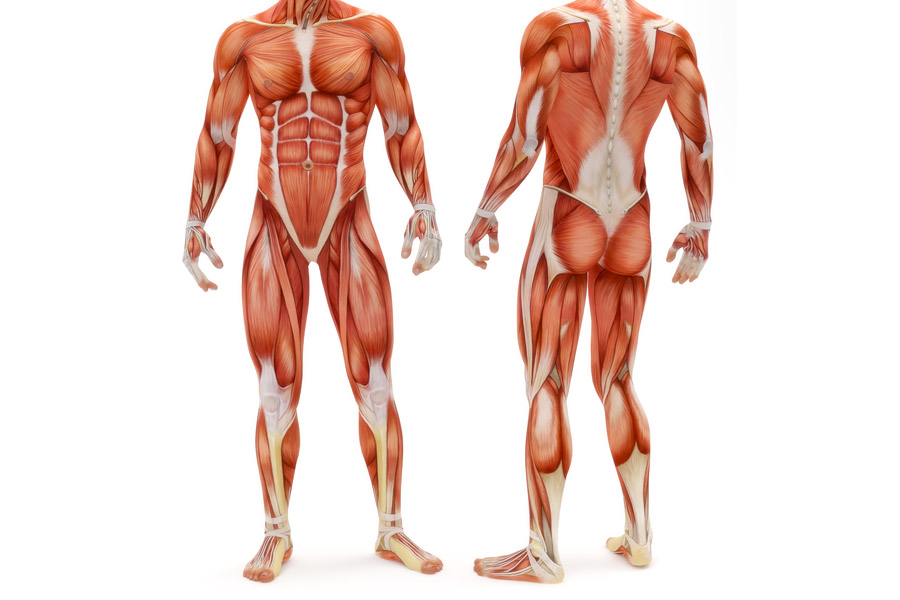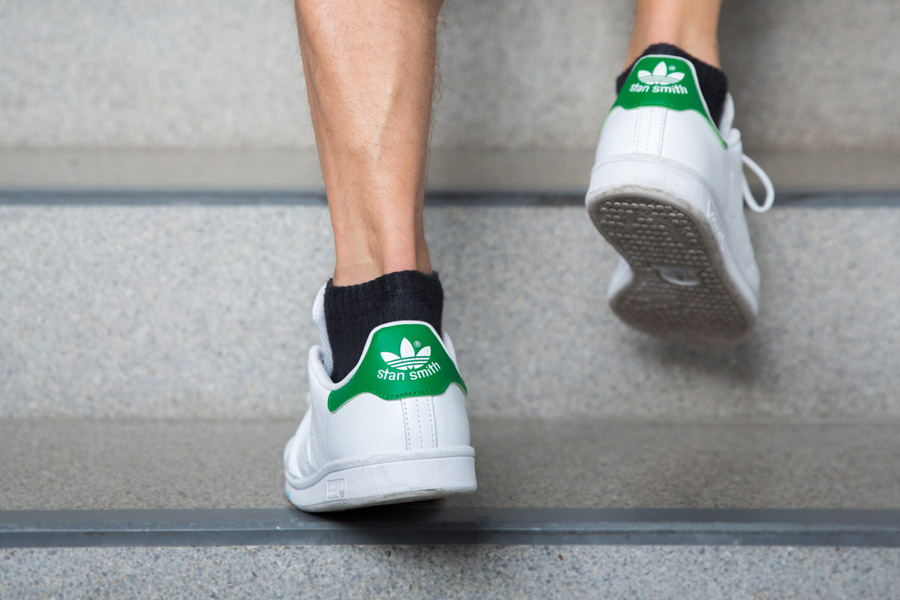Sehnen- und Muskelverletzungen
Sehnen- und Muskelverletzungen: Ursachen, Diagnose und Behandlung
Mit zunehmender sportlicher Betätigung aller Altersgruppen rücken Weichteilverletzungen des Bewegungsapparates – insbesondere Sehnen- und Muskelverletzungen – immer stärker in den Fokus der Sportorthopädie.
Muskeln setzen über Sehnen an den Knochen an und sind somit für Kraftübertragung und Bewegung unerlässlich. Verletzungen dieses Muskel-Sehnen-Komplexes entstehen häufig durch Fehl- oder Überbelastungen, plötzliche Traumata oder degenerative Veränderungen.
Muskelverletzungen
Diagnose und Einteilung von Muskelverletzungen:
Muskelverletzungen lassen sich je nach Schweregrad unterscheiden in:
✔ Muskelfaserrisse (kleine Verletzungen einzelner Fasern)
✔ Muskelbündelrisse (größere Schädigungen innerhalb des Muskels)
✔ Muskelrisse (komplette Durchtrennung des Muskels)
Behandlungsmöglichkeiten
- Konservative Therapie: Muskelfaserrisse und kleinere Muskelbündelrisse können in der Regel ohne Operation behandelt werden.
- Operative Rekonstruktion: Bei ausgedehnten Muskelrissen, insbesondere bei sportlich aktiven Patienten, wird eine operative Wiederherstellung empfohlen, um die volle Funktion und Belastbarkeit zurückzuerlangen.


Sehnenverletzungen
Sehnenverletzungen der oberen Extremität (Arm)
Durch plötzliche Überbelastung oder vorbestehende Degeneration kann es zu Sehnenverletzungen im Bereich des Musculus biceps brachii und des Musculus triceps brachii kommen.
- Lange Bizepssehne (schulternah): Risse werden aufgrund des nur marginalen Kraftverlusts meist konservativ behandelt.
- Kurze Bizepssehne: Eine Ruptur der kurzen Bizepssehne kann zu eingeschränkter Beugefähigkeit und Außenrotation (Supination) des Armes führen und sollte daher operativ refixiert werden.
- Sehnenrisse im unteren Bereich des Bizeps und Trizeps: Diese Verletzungen werden meist mittels Fadenanker-Technik operativ stabilisiert.
Postoperative Nachbehandlung: Frühzeitige physiotherapeutische Übungsmaßnahmen sind entscheidend, um eine Gelenksteife zu vermeiden.
Sehnenverletzungen der unteren Extremität (Bein)
Besonders häufig treten Verletzungen der hinteren und vorderen Oberschenkelmuskulatur sowie der Achillessehne auf.
Hintere Oberschenkelmuskulatur (Hamstring-Muskulatur):
- Typische Verletzungen entstehen durch Ausrutschbewegungen auf glattem Untergrund oder durch eine Kombination aus Hüftbeugung und Kniestreckung.
- Häufige Folge: Beckennahen Sehnenrupturen, die zu eingeschränkter Kniebeugung und Schmerzen beim Sitzen führen.
Vordere Oberschenkelmuskulatur (Quadricepssehne):
- Verletzungen treten bei Streckbewegungen gegen Widerstand auf und können becken- oder kniegelenksnahe Schäden verursachen.
- Eine Quadrizepssehnenruptur führt zu einer eingeschränkten oder verlorenen Streckfähigkeit des Kniegelenks.
Behandlung: Neben minimal-invasiven Sehnennahttechniken kommen häufig Ankerrefixationstechniken zum Einsatz, um die vollständige muskuläre Funktion wiederherzustellen.
Spezialisierte Diagnostik & gezielte Therapie für Sportverletzungen
Minimal-invasive Rekonstruktionstechniken für schnelle Genesung
Individuell abgestimmte Reha-Maßnahmen zur Funktionswiederherstellung
Achillessehnenverletzungen
Die Achillessehne verbindet die hintere Unterschenkelmuskulatur mit dem Rückfuß und ist eine der am häufigsten verletzten Sehnen im Sport.
Typischer Verletzungsmechanismus: Plötzliche Überlastung oder Vorschädigung führt zu einer Ruptur (Riss).
Behandlungsmöglichkeiten
- Ansatzferne Läsion: Entfernung des degenerativen Gewebes und Rekonstruktion mittels Rahmennaht.
- Ansatznahe Läsion: Fixierung mittels knöcherner Ankerrefixation.
- Individuelle Therapieentscheidung: Abhängig von Alter, Verletzungsart, Lokalisation, sportlicher Aktivität und allgemeinem Gesundheitszustand wird zwischen einer konservativen oder operativen Therapie gewählt.

Jetzt Termin vereinbaren!
Lassen Sie sich beraten!
Vereinbaren Sie jetzt einen Termin zur persönlichen Untersuchung und Behandlung:
+49-(0)89 4140-7840
sportortho@mri.tum.de
Haus 524
Ismaninger Str. 22
81675 München

